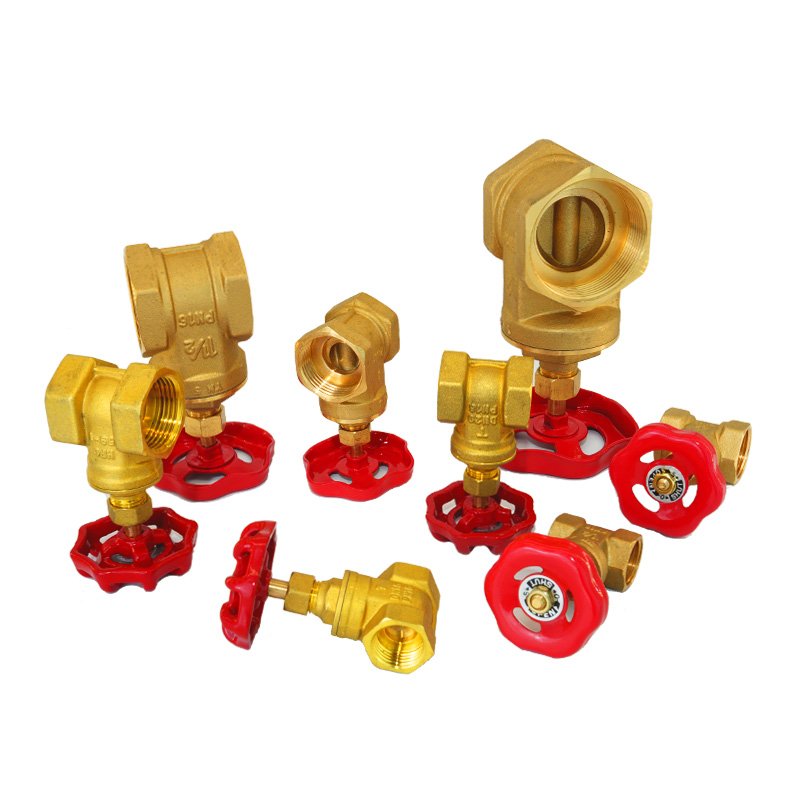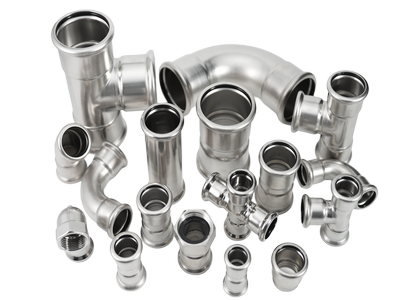Brass valves are widely used in various industrial and commercial applications due to their excellent mechanical properties, including high corrosion resistance, good ductility, and thermal conductivity. To further enhance these properties and ensure long-lasting performance, brass valves often undergo various surface treatments. These treatments not only protect the valves from environmental factors but also improve their appearance, durability, and functionality. Below is a detailed overview of the most common surface treatments for brass valves.



Electroplating
Electroplating is a common surface treatment for brass valves. This process involves depositing a thin layer of metal, such as nickel or chrome, onto the brass surface using an electric current. The primary purposes of electroplating are:
- Corrosion Resistance: Electroplating adds a protective layer that prevents the brass from reacting with environmental elements like oxygen and moisture, thereby reducing the risk of corrosion.
- Improved Appearance: The process provides a shiny, aesthetically pleasing finish, which is often preferred in decorative applications.
- Wear Resistance: The added metal layer can enhance the wear resistance of the valve, prolonging its lifespan.
Passivation
Passivation is a chemical treatment that enhances the natural corrosion resistance of brass by forming a thin, passive oxide layer on the surface. The process typically involves immersing the brass valve in an acid solution, which removes any contaminants and promotes the formation of this protective layer. Key benefits of passivation include:
- Enhanced Corrosion Resistance: The passive layer acts as a barrier against oxidation and other forms of corrosion.
- Improved Cleanliness: Passivation cleans the surface, removing residues and contaminants that could lead to corrosion.
- Increased Durability: The treated valves can withstand harsh environments better, ensuring longer operational life.
Powder Coating
Powder coating is a dry finishing process that involves applying a free-flowing, dry powder to the surface of the brass valve. The powder is typically a mixture of finely ground pigments and resins, which are electrostatically charged and sprayed onto the valve. After application, the valve is heated, causing the powder to melt and form a smooth, hard finish. Benefits of powder coating include:
- Durability: The coating is highly resistant to chipping, scratching, and fading, providing a long-lasting finish.
- Environmental Protection: Powder coating provides a protective layer against UV radiation, moisture, and chemicals, preventing corrosion and extending the life of the valve.
- Aesthetic Flexibility: Available in a wide range of colors and textures, powder coating allows for customization based on specific application requirements.
Polishing
Polishing is a mechanical process used to improve the surface finish of brass valves. This treatment involves the use of abrasive materials to remove surface imperfections, resulting in a smooth and shiny finish. Polishing can be done manually or with automated equipment. The main advantages of polishing include:
- Improved Appearance: Polishing enhances the visual appeal of brass valves, making them suitable for applications where aesthetics are important.
- Surface Smoothness: A polished surface reduces friction in moving parts, improving the efficiency and lifespan of the valve.
- Ease of Cleaning: Polished surfaces are easier to clean and maintain, as they are less likely to trap dirt and contaminants.
Anodizing
Anodizing is an electrochemical process that increases the thickness of the natural oxide layer on the surface of brass. Although more commonly used for aluminum, anodizing can be applied to brass to improve its surface properties. The process involves immersing the brass valve in an electrolytic solution and applying a current, which thickens the oxide layer. The benefits of anodizing include:
- Corrosion Resistance: The thickened oxide layer provides enhanced protection against environmental factors, reducing the likelihood of corrosion.
- Increased Surface Hardness: Anodizing increases the surface hardness of the brass valve, making it more resistant to wear and tear.
- Coloration: The process allows for the addition of color to the brass surface, offering aesthetic versatility.
Passivating Coatings
Passivating coatings, such as those made from organic polymers or inorganic materials, are applied to brass valves to further enhance their corrosion resistance. These coatings form a protective barrier that prevents moisture and other corrosive elements from reaching the brass surface. Key benefits include:
- Enhanced Longevity: The additional protective layer significantly extends the service life of the valve by preventing corrosion.
- Chemical Resistance: Passivating coatings provide resistance to various chemicals, making the valves suitable for use in harsh industrial environments.
- Maintenance Reduction: The protective layer reduces the need for frequent maintenance and repairs, lowering operational costs.
Conclusion
Surface treatments for brass valves are crucial for enhancing their performance, durability, and appearance. Whether it’s through electroplating, passivation, powder coating, polishing, anodizing, or applying passivating coatings, these treatments provide essential benefits that extend the life of the valves and ensure they operate effectively in various environments. Selecting the appropriate surface treatment depends on the specific requirements of the application, including the desired level of corrosion resistance, durability, and aesthetic appeal.




